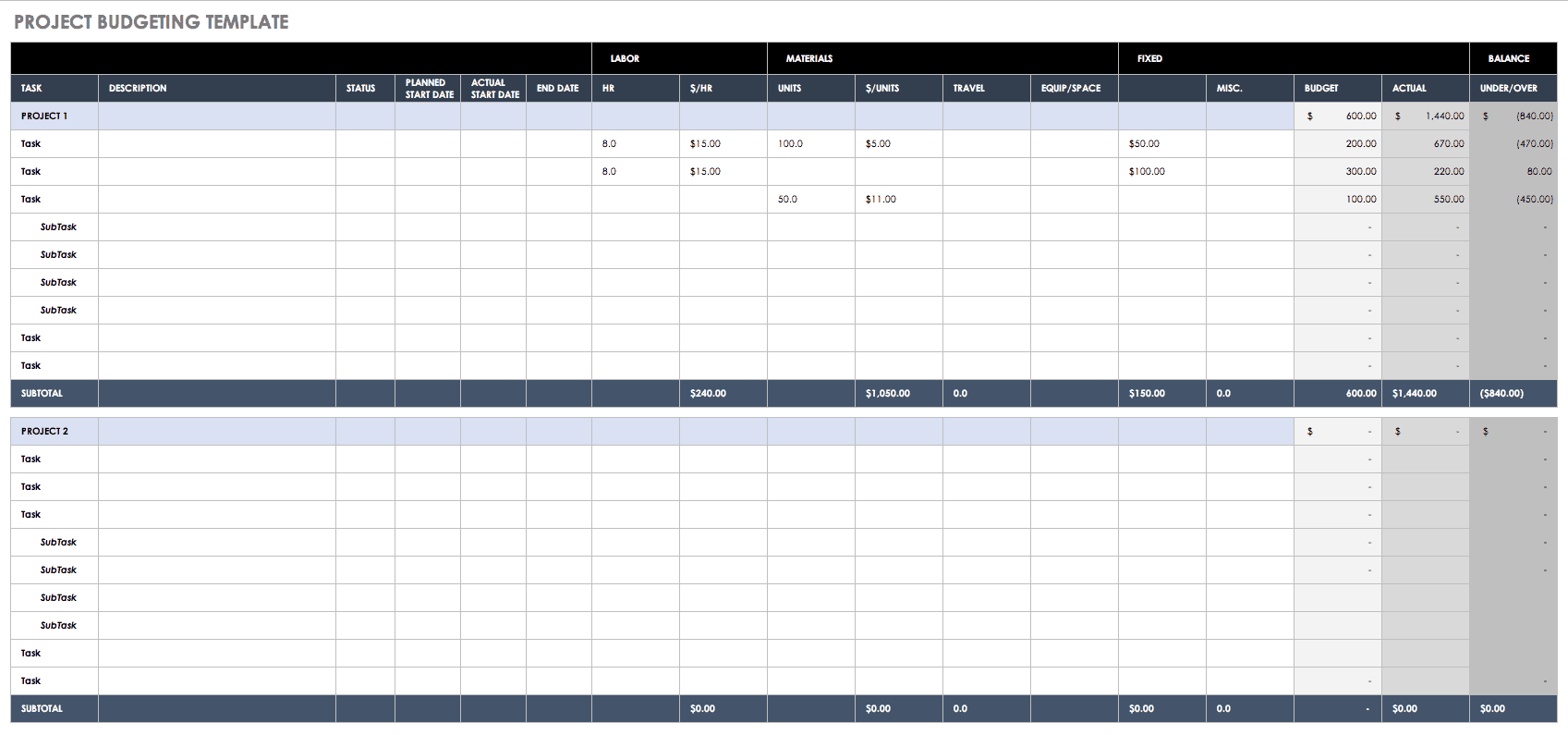

Risk tolerance can be classified into five categories. If you see such a drop as an opportunity for bargain buys, then you are probably more comfortable with market fluctuations and a higher level of investment risks. How would you feel if your investment balance dropped 20% overnight? If this drop would cause you to worry a lot and pull out of the investment, then a high-risk investment is not suitable for you because pulling out at the worst possible time may compound your losses.

How do you feel about putting your money at risk?.If you’re young and single, for example, your risk tolerance will differ from a person with a family or approaching retirement. This includes your stage of life, profession, source(s) of income, financial commitments, etc. It’s important to know your investment timeframe and ask yourself if you can financially and psychologically cope with decline in the value of your investments.

When assessing your risk tolerance, you may wish to consider:Īllocating a timeframe to each investment goal will enable you to think about how much you can afford to invest and how long it will realistically take you to reach your goal. Are you willing to accept potential losses in exchange for greater potential gains?Īn important part of your financial planning is to understand your tolerance for risks. Investments that deliver potentially higher returns are usually accompanied by higher risks. Risk is the potential threat that may impact the expected outcome of your investments. It will help you work out how much you need to save each week, month and year in order to reach a savings goal, or if you plan to save a certain amount how long it will take for you to achieve your savings target. Use our savings goal calculator to check how you can achieve your goals. As you regularly review and refine your financial plan and assess your risk tolerance level, you may find it worthwhile to adjust your goals accordingly. When setting your financial goals, it’s important to be realistic. You also need to map out the cost of each goal and how much time you have to save or invest before you need to pay for it (eg investment time horizon). For example, if you have borrowed money at a high interest rate (eg credit card advances or other personal loans), make paying off that debt your first priority before taking on other goals. The key thing is to set and prioritise realistic goals. Common financial goals can be going for vacation, buying a car, further education, getting married, buying a home, being debt-free or saving for retirement.

Remember, manage day-to-day expenses should come first. It’s important to know what you are planning for. With measurable and clearly defined goals, it will be easier to monitor your progress. This will help you review your budget and determine your investment time frame and a strategy for deciding on the appropriate investments. Set your financial goalsīased on a sound understanding of your financial situation, you may be able to identify your short-, medium- and long-term financial goals. You have the option to save your budget planner results on your computer, print out and do it later, or you can set up a budget by downloading our budgeting spreadsheet into your computer. Use our budget planner to record all of your incomings and outgoings which then add up your figures and gives a breakdown of where your spending goes each week, month or year across the following broad categories: household, transport, food and drinks, leisure, shopping, health and beauty, education and profession, family and friends, taxation, financial commitments, etc. Before you decide to borrow money, make sure you can afford new debt repayments on top of your current expenses or commitments. Also refrain from overspending especially impulse buying by credit card. Prioritise your needs and wants and look for any unnecessary expenses you can cut to save money. How much money is coming in and going out each week, fortnight or month? Track the ins (eg salary, pensions, benefits) and outs (including interest payments for mortgage repayment, other personal loans, cash advances, outstanding balance of credit card) of your money to understand your money habits and take control of your spending and savings.


 0 kommentar(er)
0 kommentar(er)
